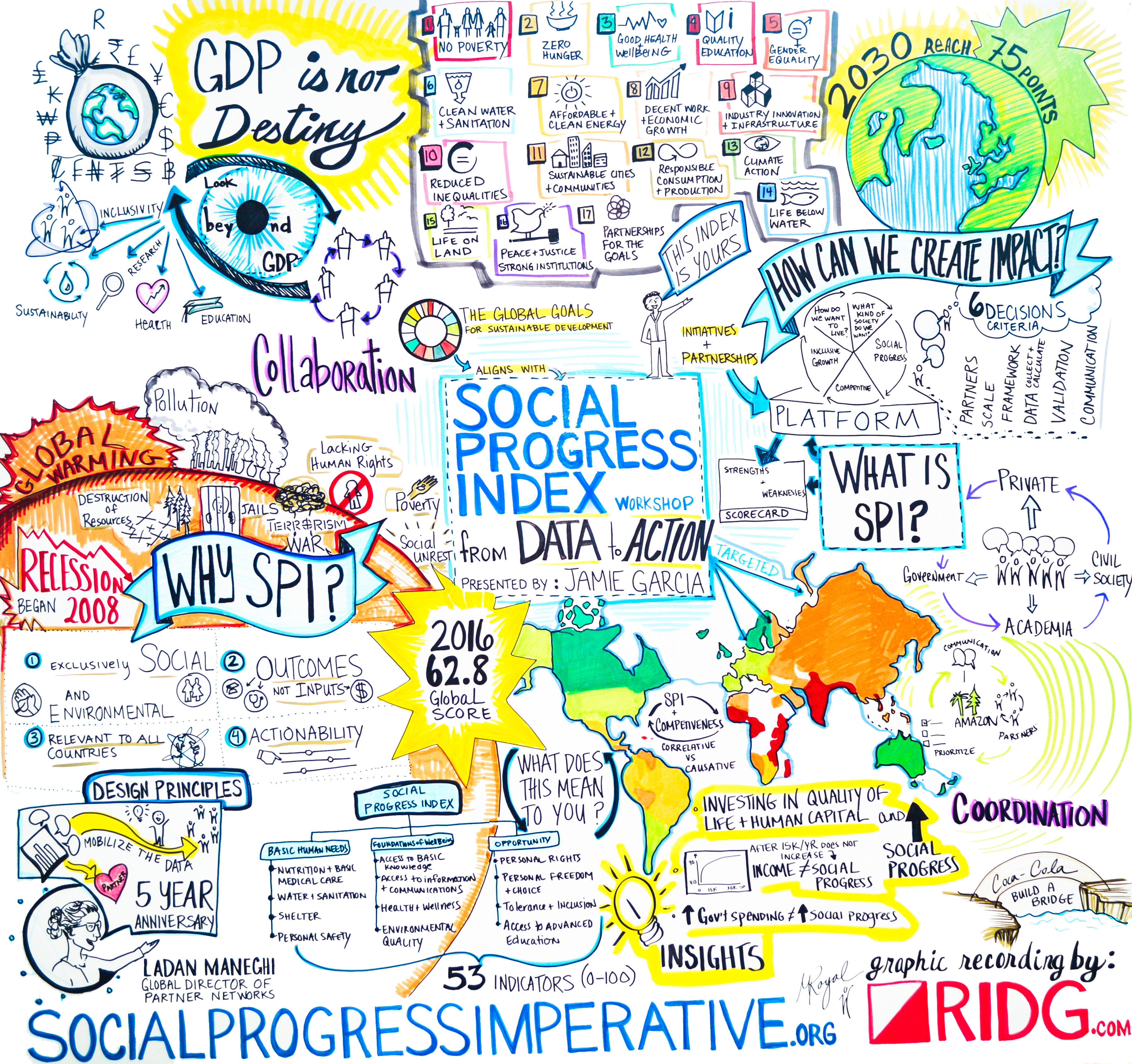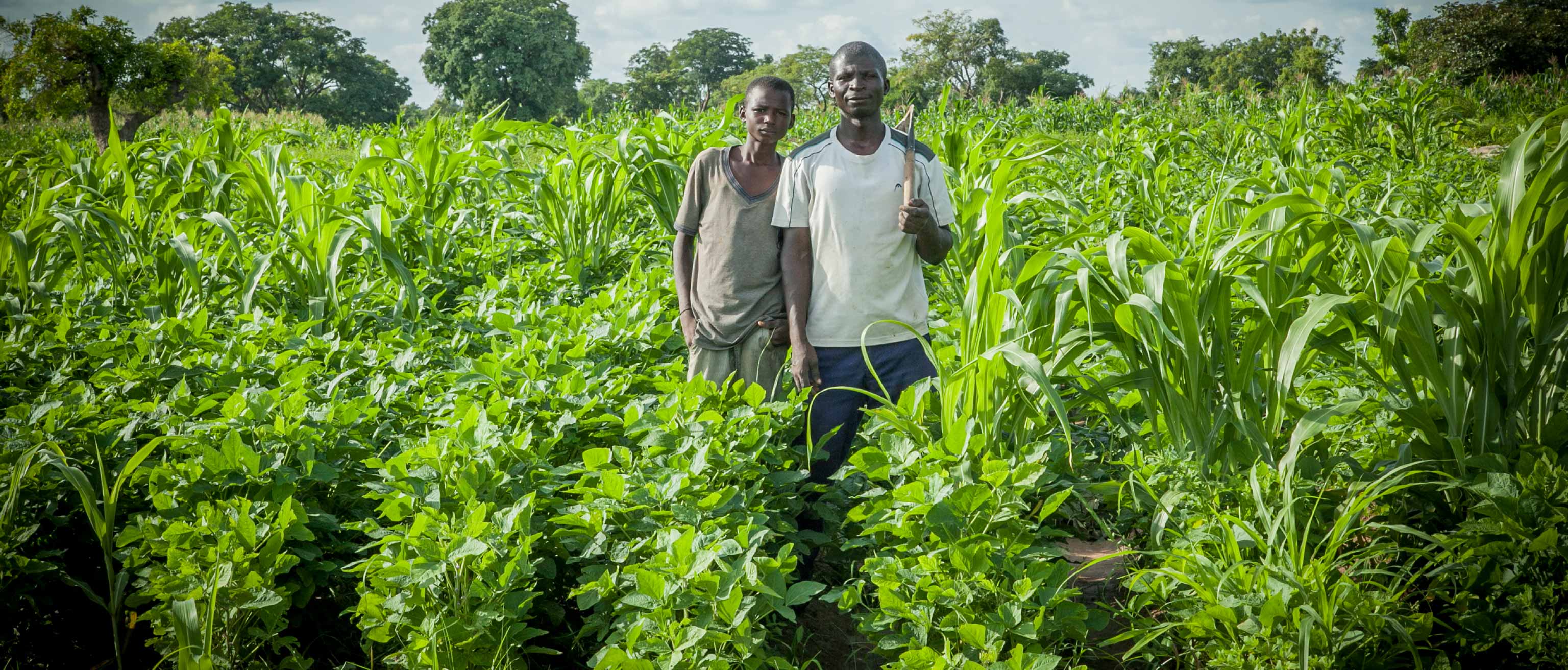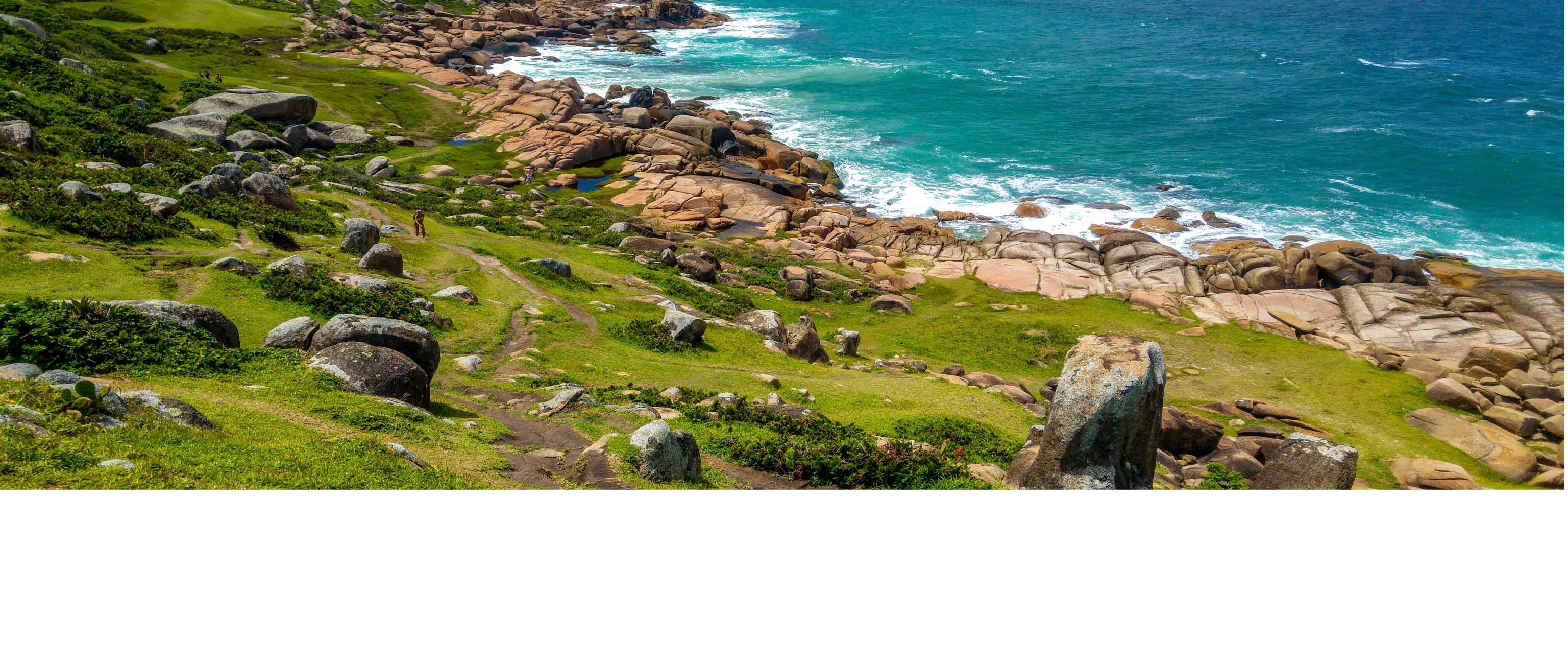Social Entrepreneurship in 1960s Singapore: The Story of My Mother
I was born in a slum in Singapore in 1957. Except for the British, almost everyone else was poor. My father worked in a grocery shop and his salary as a shop assistant could hardly feed his family – three kids, our mother, and our grandmother.
By necessity, my mother Tan Siam Kheng had to think up new ways to raise the income level of our household, as her kids were growing and needed to go to school.
At first, she tried cooking pancakes, hoping to piggy-back on our neighbor who peddled fresh fruit from a pushcart.
But the attempt failed, as our neighbor did not promote the pancakes and instead returned all the unsold products in the evening. My mother gave up her first start-up enterprise after three nights of distributing free pancakes to all the neighbors.
Having suffered losses, she had only one dollar left to invest. She invested her last dollar at the community center, learning how to sew smocking cushions.
The next evening, she’d return to our village to teach six neighbor students the same lesson for one dollar each, thus earning a net profit of five dollars. She used the five dollars to buy yards of cloth, cut them into small pieces and sell them as kits together with needles, thread, buttons and cotton wool. She became a profitable haberdasher!
She invested another dollar for another lesson at the community center and taught it in turn to the six students again. But after the fifth lesson, she realized she could design her own patterns and did not have to attend any more lessons.
Instead, she bought blank exercise books for 10 cents each, and made them into pattern books. My brother, sister and I would hand-copy her original designs and produce copies for her to sell to her students at two dollars per book. By selling the pattern books, our haberdashery business grew as more people made the cushions and relied on my mother to sell them to car owners to decorate the back seats of their cars.
The simplicity of her business model was amazing: She had multiple streams of income, from training fees, to material sales, to publications, to end product distribution. It not only generated a good income for our family, it also created incomes for her students.
Unfortunately, two years into the business, smocking went out of fashion and there were no customers for the cushions. Mother had to think of a new business.
She went to the CK Tang shopping center and saw an opportunity. She volunteered for the cosmetic girls and allowed them to make her up. She remembered the whole sequence from cleansing lotion to foundation, lipsticks, mascara, eye shadow, and so on. She bought a set of cosmetics, went home to test it out on my sister and she was satisfied with the results. The next morning, she declared herself a wedding beautician.
In 1960s Singapore, the only time a girl had makeup on her face was on her wedding day. Soon, my mother was taking orders months ahead, and on auspicious dates she’d be inundated with bookings. She started a beauty school and trained students.
Later, she extended her business to become a one-stop wedding planner with comprehensive services, including masters of ceremony, wedding dinners, photography, bridal gown rentals, flower bouquets, bridal cars, ribbons and match-making. The supplementary profits she earned became a substantial part of her revenues.
My brother and I helped with procurement. We’d take the bus to Chulia Street downtown to buy cosmetics from the wholesalers, for 30 percent less than our retail prices.
We also started a new business for her. We bought Nivea cream at three dollars per big tub, repacked it into six smaller capsules and sold them under the brand name “Pearl Cream” at three dollars each. As my Mother couldn’t read, write, or understand mathematics, my brother became the accountant.
She trained about 50 students and created jobs for them, but while many worked for her as freelancers, others became competitors. She explained that it is better not to bad-mouth competitors so as to conserve energy to focus on the business. I learned very early from her that competitors are normal in business and there is nothing to be upset about.
In cases where customers could not afford to pay, she often helped them out. She also donated generously to many relatives who were in financial hardship.
She became the most popular low-cost beautician in Singapore over the next 25 years, helping over 3,000 brides prepare for their wedding days.
I was glad to begin attending “Mother’s Business School” at the age of six. Later in adulthood, my brother and I started a series of 16 profitable businesses together despite the fact that both of us failed our secondary school examinations.
My mother was illiterate, but you do not need an academic education to start a business. She created a sustainable social enterprise even before the term was invented. She also proved to me that common sense, seizing opportunities and maintaining a good reputation all go a long way to bring continuous success.
This was how our family moved from poverty into the middle class. Looking back, I think I’ve learned more from my mother’s common sense than from my schools.
Today, mother is 85 and very frail. If you look at her now, you’d not imagine that this was a courageous, enterprising woman of gumption who built her pathway out of poverty in times of adversity.
This is but one of the many stories of how Singaporeans built a nation of entrepreneurs.
At 40, after attaining financial independence, I retired from business to devote the rest of my years to social work, founding the Restroom Association of Singapore, World Toilet Organization, BOP HUB, and others along the way.
I’m confident that entrepreneurship is the only way for the four billion poor people around the world to also escape from poverty.



